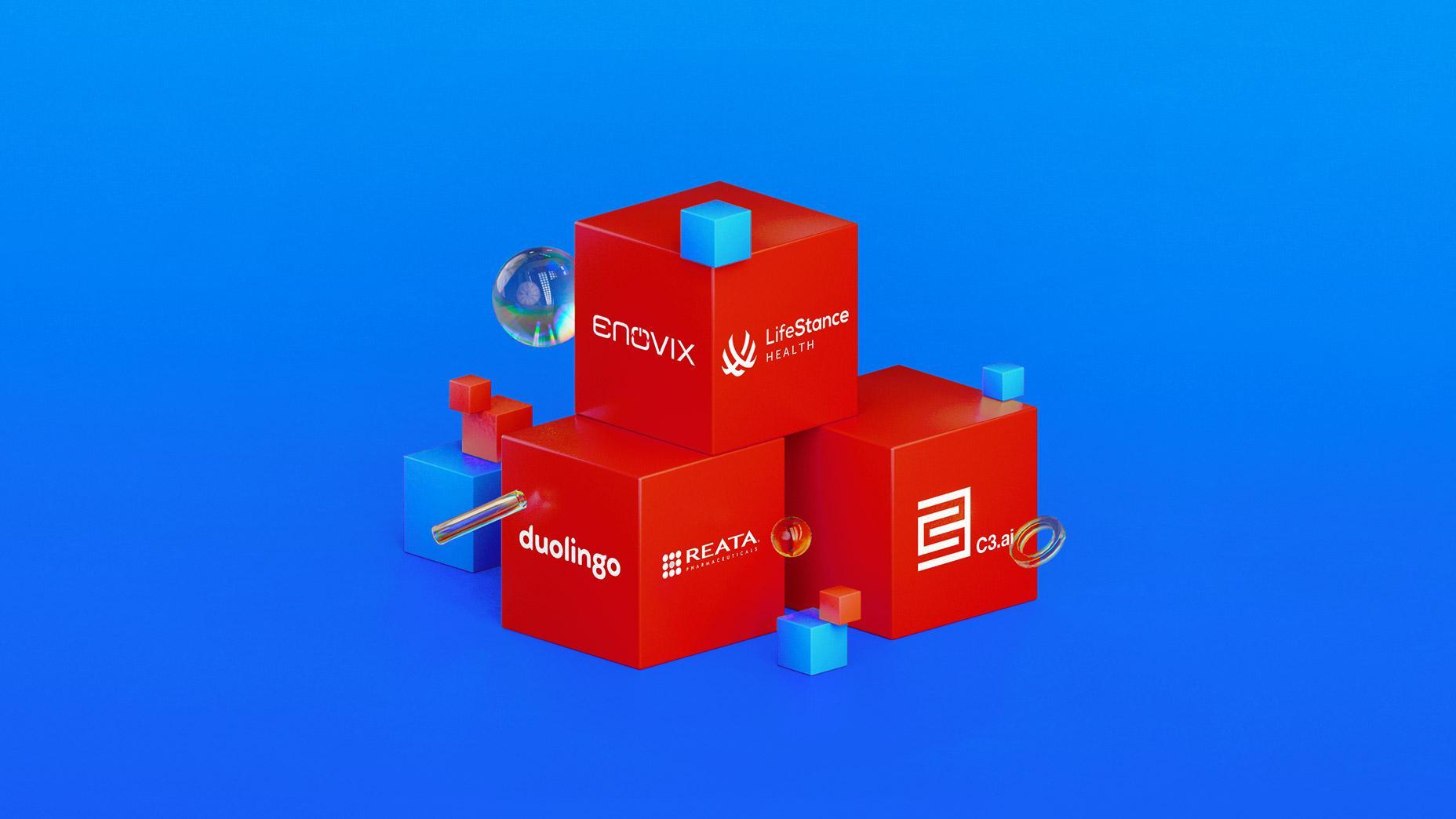Understanding and Computing Return on Equity (ROE)
6 minutes for reading

In this article, we’ll talk about the Return on Equity (ROE) ratio, as one of the key indicators of investment returns that helps to assess the financial stability and investment attractiveness of different companies.
What is the Return on Equity (ROE)
The Return on Equity (ROE) is a ratio that assesses the effectiveness of the funds invested by companies’ shareholders. To be precise, the ROE is the company’s annual profit after taxes, fees, and other statutory expenses, divided by the cost of all the funds invested by its founders and shareholders without borrowed money.
As a rule, investors have a preference for companies and firms with a higher ROE. However, profit and income in different sectors of the economy vary considerably. For example, the indicator may differ even within the same sector if a company decides to pay out dividends instead of keeping profits as available cash assets.
It’s important to assess the Return on Equity (ROE) ratio in real-time mode, for a particular period of time (for example, 5 years). Investors usually calculate the ROE at the beginning and the end of their investment period, to be able to determine the real changes in profitability. Through this method, they can assess the dynamics of growth, and compare the performance results with those of other companies.
A stable and eventually growing Return on Equity ratio is attractive to investors. If a chosen company has a high ROE, this means it's reliable and can produce stable income because it knows how to wisely employ its capital to increase performance and profits. On the other hand, a declining ROE could indicate that the company’s management makes wrong decisions by re-investing money into non-profitable assets.
The Return on Equity (ROE) ratio positive numbers
The Return on Equity (ROE) ratio shows shareholders how successful the company has been with their invested funds, namely how much net profit was generated by each unit of the owned capital. To sum up:
- The higher the ROE, the more profitable the investments are in some particular business.
- If the ROE ratio is lower than the average value in the sector, investments in this company will be rather doubtful.
On average, the solid Return on Equity ratio in tier-1 economies is about 10-12%. In countries with higher inflation, the indicator should be higher too – about 20-30%. To assess investment attractiveness, one can compare the ROE ratio of the chosen company with investments in such instruments as bonds or deposits. The higher the ROE ratio, the more attractive the company is for investors.
For example, a company with an ROE ratio that's double the bank's deposit rate will be very interesting for investors. When investing, Warren Buffett pays a great deal of attention to this ratio. In his opinion, a company with a high Return on Equity ratio and a small loan debt has excellent investment prospects.
Formula to calculate the Return on Equity (ROE)
There are two methods for calculating the Return on Equity (ROE) ratio: the conventional way using total results, and the DuPont analysis.
Calculation of total results
In this case, the ROE is calculated as the ratio between the company’s net profit and the average equity of the shareholders:
ROE = Net income of the company / Average equity of the shareholders *100%
The DuPont formula
The calculation using the DuPont formula allows to analyse the ROE ratio as well. By means of additional variables, we can analyse the exact factors that influence the indicator to change:
ROE = Net Profit Margin * AT * EM *100%, where:
- Net Profit Margin = Net Income / Revenue.
- AT (Asset turnover) = Sales / Average Total Assets.
- EM (Equity multiplier) = Average total assets / Average Shareholders’ equity.
As a result, the DuPont formula shows three factors that influence the ROE ratio:
- Net profit margin is used as an indicator of the company’s operating performance.
- The asset turnover ratio measures the value of a company's sales or revenues relative to the value of its assets.
- The equity multiplier measures the ratio between the average total assets and the average shareholders’ equity.
The purpose of using the DuPont analysis here is not only for the calculation of the ROE ratio, but also for estimating the possible impact of the above-mentioned factors on its value. It helps to determine the cause of the issues encountered, and take the appropriate steps to eliminate them.
Example of the ROE ratio calculation
The company’s net income at year-end is $100,000$. At the same time, the average shareholders’ equity consists of 50,000 shares worth $5 each. In this case, the ROE ratio is calculated as follows:
ROE = 100,000 / 50,000 * 5 * 100% = 40%
This is a high Return on Equity ratio, which indicates that the company is actively developing. For a more detailed estimate, it is advisable to analyse the average ROE dynamics over 3-5 years – this will provide a fair insight into the company’s prospects.
However, it is to be noted that even if the ROE is growing, a company’s profit is not necessarily always paid out to investors. If the company decides to keep its profits without paying out dividends, the shareholders may still receive their profit indirectly, thanks to the rise of the company’s share price.
Closing thoughts
The Return on Equity (ROE) ratio helps to assess the financial performance and investment attractiveness of any given company. As a rule, the ROE is used for comparing the performance of different companies within the same sector. Changes in the Return on Equity ratio dynamics are constantly analysed by both company managers and investors, for the purpose of estimating a company’s profits and sustainability.
类别
最近的帖子
Discover How Warren Buffett Adjusted His Investment Holdings in the Second Quarter: New Additions and Complete Sell-Offs
The Public Offering of Justworks, Inc.: A Deep Dive into its Innovative Cloud-Based Accounting Management Platform and its Investment Appeal on 12 Jan...
Delve into the Forces Shaping the Gaming Industry: Insights on Engine Gaming, SciPlay, Sea, Roblox, and Electronic Arts.
Peloton Unveils Business Overhaul with Leadership Change and Cost-Cutting Strategy: Targeting Growth or Setting the Stage for Acquisition?
Weekly News Roundup: Salesforce, Okta, Chewy, and Crowdstrike Release Quarterly Results; Microsoft Reduces Quarterly Forecast - How Did Their Stocks R...





